Home>Ideas and Tips>East Meets West In Chinoiserie Home Design
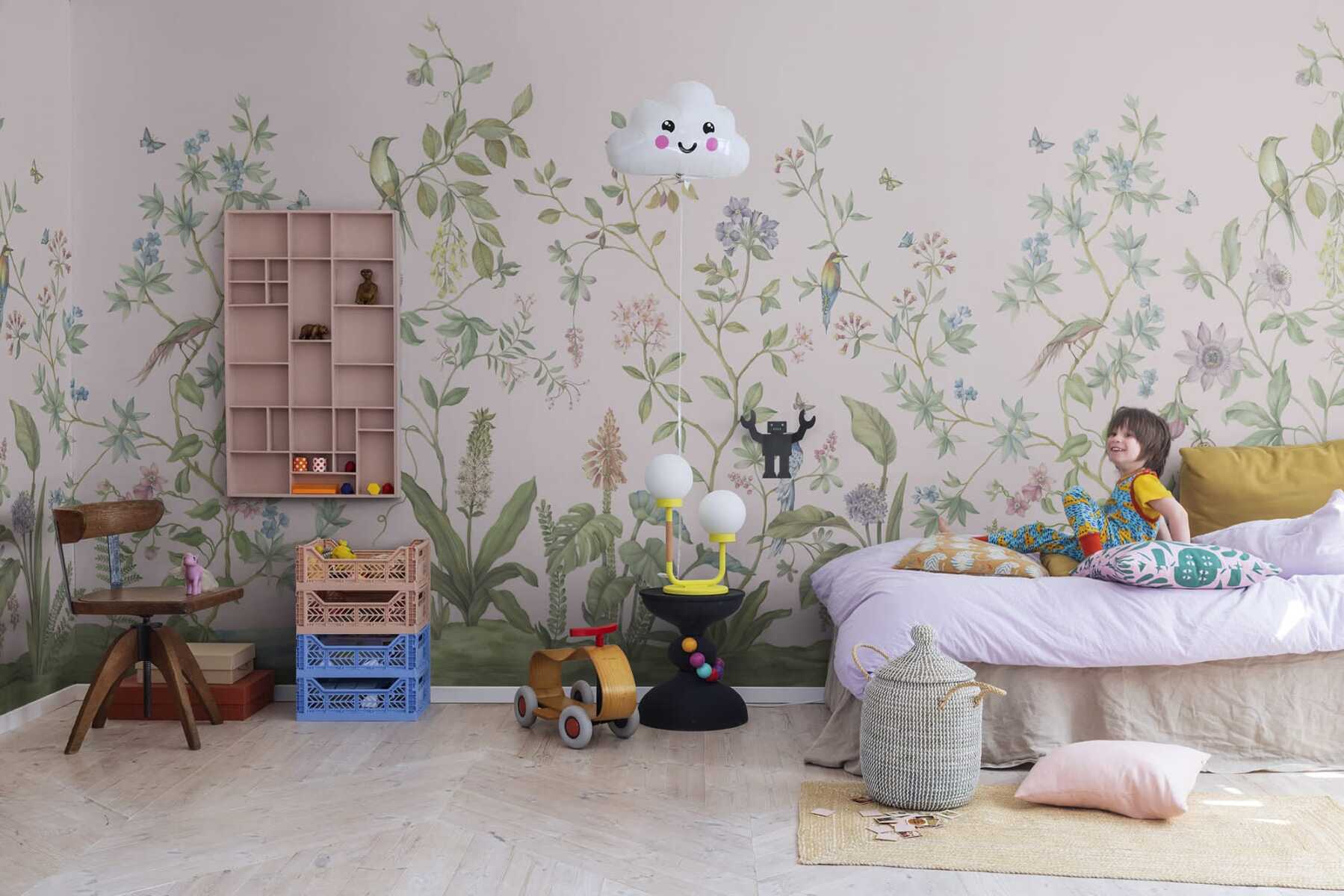

Ideas and Tips
East Meets West In Chinoiserie Home Design
Modified: October 29, 2024
Discover the elegance of Chinoiserie home design, blending Eastern motifs with Western aesthetics for a timeless, sophisticated look.
(Many of the links in this article redirect to a specific reviewed product. Your purchase of these products through affiliate links helps to generate commission for Storables.com, at no extra cost. Learn more)
Introduction
In the realm of home design, few styles evoke the same sense of elegance and cultural fusion as Chinoiserie. This intricate and ornate design style, born from the cross-cultural encounters between China and Europe in the 18th century, continues to captivate designers and homeowners alike with its unique blend of Eastern motifs and Western aesthetics. So, what exactly is Chinoiserie, and why does it hold such a timeless appeal?
Chinoiserie, derived from the French word "chinois," meaning "Chinese," is an interpretation of oriental scenery by European artists. This decorative style emerged during the 18th century when European travelers returned from their Eastern trade routes, bringing with them an array of luxury products such as porcelain, silk, decor, artworks, and lacquerware. The fascination with Chinese culture was at its peak during this period, leading to a surge in artistic interpretations that combined fantastical landscapes, lush gardens, rapacious animals, and romantic florals with Rococo elements.
The Origins of Chinoiserie
Chinoiserie, derived from the French word "chinois," meaning "Chinese," is an interpretation of oriental scenery by European artists. This decorative style emerged during the 18th century when European travelers returned from their Eastern trade routes, bringing with them an array of luxury products such as porcelain, silk, decor, artworks, and lacquerware. The fascination with Chinese culture was at its peak during this period, leading to a surge in artistic interpretations that combined fantastical landscapes, lush gardens, rapacious animals, and romantic florals with Rococo elements.
Historical Context
The 18th century was a time of great cultural exchange between Europe and Asia. European artists were captivated by the exotic beauty of Chinese art and architecture. They incorporated elements such as intricate florals, feathering creatures, and shimmering bird cages into their designs. This fusion of styles not only reflected the artistic curiosity of the time but also symbolized the growing influence of Asian aesthetics on Western culture.
Evolution Over Time
Chinoiserie continued to evolve over the centuries, adapting to changing design trends while maintaining its core essence. In the mid-19th century, European artists began to incorporate more realistic depictions of Chinese landscapes into their work. This shift towards realism added depth and complexity to the already ornate designs.
In modern times, Chinoiserie has experienced a resurgence with a mixture of chic and modern interpretations. Contemporary designers have reimagined traditional motifs using bold colors and innovative materials. The result is a style that seamlessly blends historical charm with contemporary flair.
Key Elements of Chinoiserie
Chinoiserie is characterized by several distinct elements that contribute to its unique aesthetic:
Read more: Rustic Charm Meets Urban Chic In Home Design
1. Intricate Florals and Foliage
One of the defining features of Chinoiserie is its use of intricate floral patterns. These designs often feature lush gardens filled with exotic plants and flowers. The intricate details of these patterns are typically rendered in jewel-toned colors, adding a touch of luxury and sophistication to any room.
2. Fantastical Landscapes
Chinoiserie landscapes are often fantastical and dreamlike, featuring elements such as pagodas, temples, and serene waterways. These scenes are often depicted in a highly stylized manner, reflecting the artistic license taken by European artists when interpreting Asian aesthetics.
3. Ornate Gold Finishes
The use of ornate gold finishes is another hallmark of Chinoiserie design. These finishes add a touch of elegance and sophistication to any piece of furniture or decor. They also serve to highlight the intricate details of the floral patterns and other motifs.
4. Rococo Elements
Rococo elements play a significant role in Chinoiserie design. The curved lines, shell motifs, and other ornate details characteristic of Rococo style complement the exotic beauty of Chinese motifs perfectly.
Read more: Rustic Charm Meets Urban Chic
Incorporating Chinoiserie into Your Home
Incorporating Chinoiserie into your home design can be both fun and challenging. Here are some practical tips to help you achieve this timeless look:
1. Choose Exquisitely Printed Wallpaper
A callback to mid-19th century European art, Chinoiserie wallpapers feature intricate florals and feathering creatures in jewel colors. These wall murals add depth to your walls and create an immediate sense of elegance.
2. Add Floral and Avian Accents
Aside from sprawling motifs on walls, birds and foliage-structured accent pieces emphasize the Chinoiserie aesthetic. Decorative accessories such as centerpieces, wall decor, and furniture add a luxurious touch to any part of your home.
3. Go for Classic Lacquered Furniture
Choosing furniture for a Chinoiserie motif should have an emphasis on Chinese or Asian antique designs. Mixing European furnishings with Rococo styles can further enhance the exotic-cum-maximalist atmosphere.
Read more: Topics For A Nursing Home Safety Meeting
4. Glam Up Through Colors
The colors used in Chinoiserie designs are an ode to Europeans’ fascination with Chinese, Japanese, and Indian culture and elements. The colors can go bold or subtle with hints of metallic pigments making your place a whimsical site to behold combined with ornate furniture and decor.
5. A Subtle Flooring Ensemble
With all its grandeur from wall coverings to furniture and decor, Chinoiserie flooring is more subtle and traditional to complement its maximalist trademark. Choose wooden-finish tiles from reputable brands like Arte Ceramiche or Saigress for durability and low maintenance.
Modern Interpretations of Chinoiserie
While traditional Chinoiserie remains timeless, modern interpretations offer fresh twists on this classic style:
1. Contemporary Color Schemes
Modern Chinoiserie often incorporates contemporary color schemes that blend seamlessly with traditional motifs. Bold colors like emerald green or sapphire blue can add a modern touch while maintaining the elegance of classic designs.
2. Innovative Materials
Contemporary designers are experimenting with innovative materials such as metallic finishes, glass accents, and even LED lighting to create unique pieces that blend traditional aesthetics with modern technology.
3. Hybrid Designs
Hybrid designs combining elements from different cultures are becoming increasingly popular in modern Chinoiserie. For example, pairing traditional Chinese motifs with Scandinavian minimalism can result in a unique fusion that appeals to both traditionalists and modernists alike.
Case Study: Creating a Chinoiserie Chic Home
Let's take a look at how you can create a Chinoiserie chic home using some practical tips:
Step-by-Step Guide
-
Start with Wallpaper:
Begin by selecting an exquisitely printed wallpaper featuring intricate florals and feathering creatures in jewel colors. This will set the tone for your entire room. -
Add Accent Pieces:
Add floral and avian accents such as centerpieces or wall decor to emphasize the Chinoiserie aesthetic. -
Choose Lacquered Furniture:
Select classic lacquered furniture pieces that reflect Chinese or Asian antique designs. Mixing these with European furnishings can enhance the exotic-cum-maximalist atmosphere. -
Glam Up with Colors:
Use bold or subtle colors with hints of metallic pigments to create a whimsical site to behold combined with ornate furniture and decor. -
Subtle Flooring Ensemble:
Choose wooden-finish tiles from reputable brands like Arte Ceramiche or Saigress for durability and low maintenance. -
Incorporate Nature Elements:
Introduce nature elements such as cherry blossom arrangements or soft pink hues to create a harmonious balance between traditional motifs and modern elements.
Conclusion
Chinoiserie remains one of the most captivating design styles in history, offering a unique blend of Eastern motifs and Western aesthetics that continues to inspire designers today. By understanding its historical context, key elements, and practical tips for incorporation into modern home design, you can create an elegant yet timeless space that reflects both cultural fusion and contemporary flair.
Whether you're looking to add subtle touches or make bold statements, Chinoiserie provides endless possibilities for those seeking to bring a touch of exotic elegance into their living spaces.
Additional Resources
For those interested in exploring more about Chinoiserie design or seeking inspiration for their own projects, here are some additional resources:
- The Events Mill: Offers comprehensive wedding design services incorporating Chinoiserie elements into luxury wedding designs.
- Rug & Kilim: Features Japandi-style rugs that blend Scandinavian minimalism with Japanese aesthetics, providing a unique fusion of East-meets-West design.
- Bluprint Onemega: Provides detailed guides on creating a Chinoiserie chic home in the modern era, including tips on choosing exquisitely printed wallpaper, adding floral accents, and selecting classic lacquered furniture.
By embracing the timeless beauty of Chinoiserie and incorporating its elements into your home design, you can create a space that not only reflects cultural fusion but also exudes elegance and sophistication.
Was this page helpful?
At Storables.com, we guarantee accurate and reliable information. Our content, validated by Expert Board Contributors, is crafted following stringent Editorial Policies. We're committed to providing you with well-researched, expert-backed insights for all your informational needs.
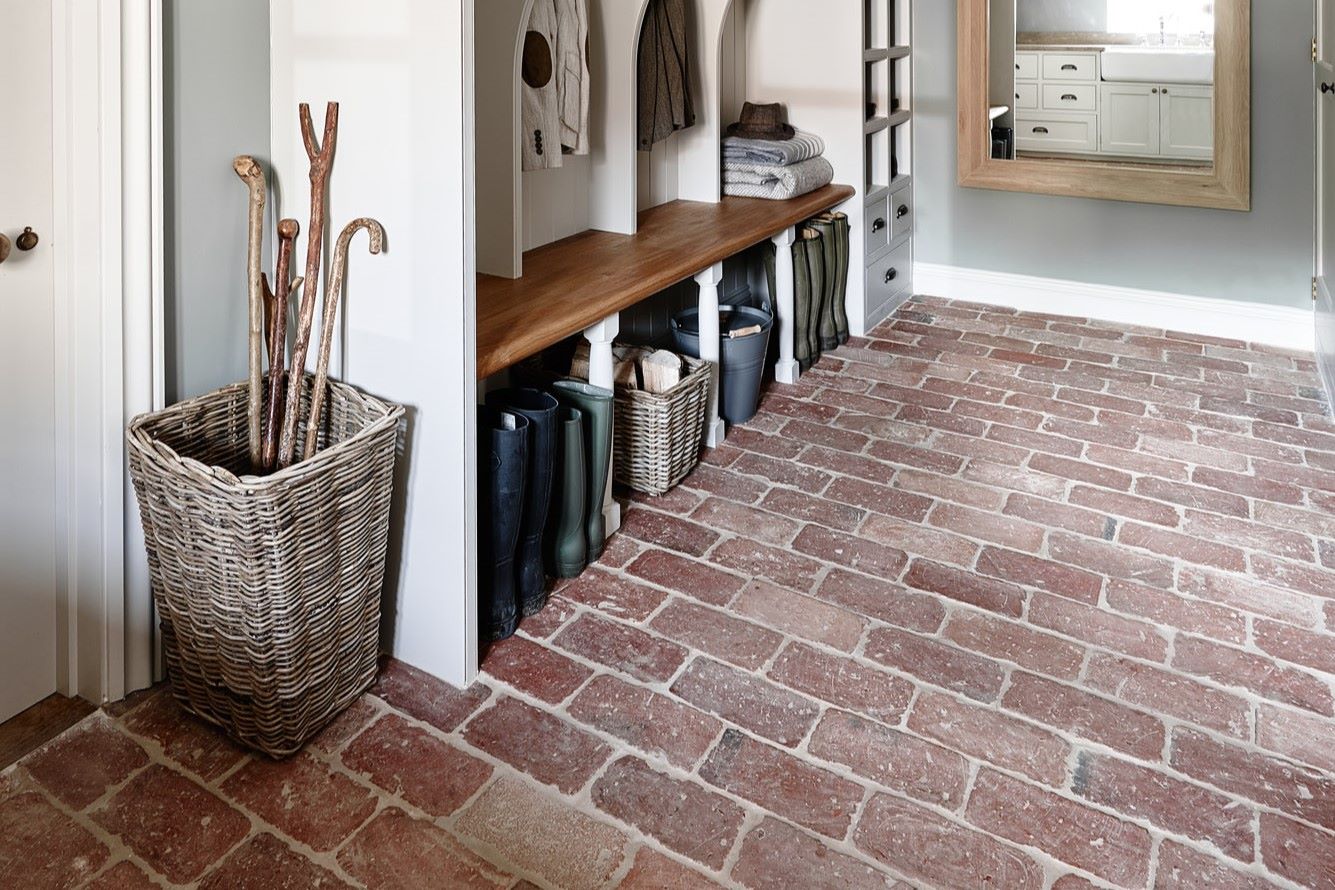
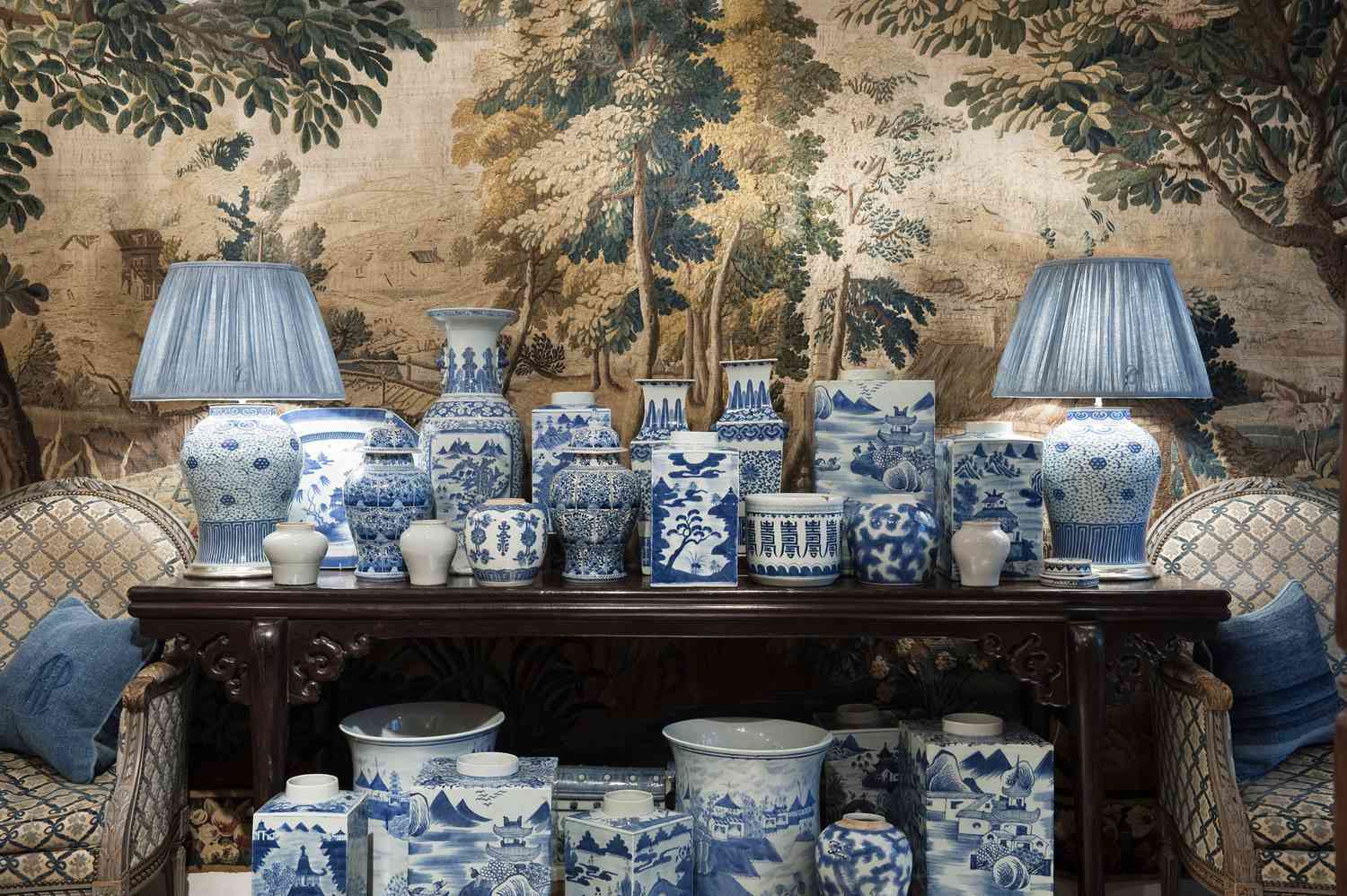


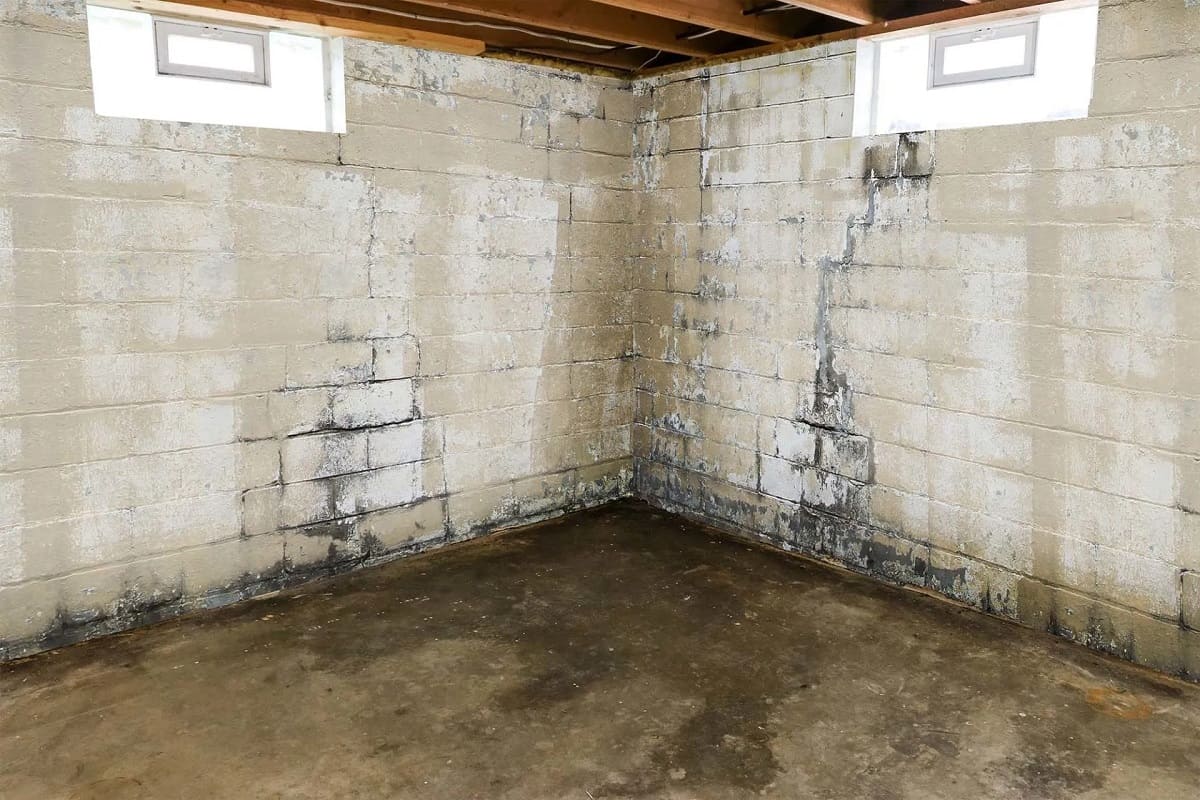
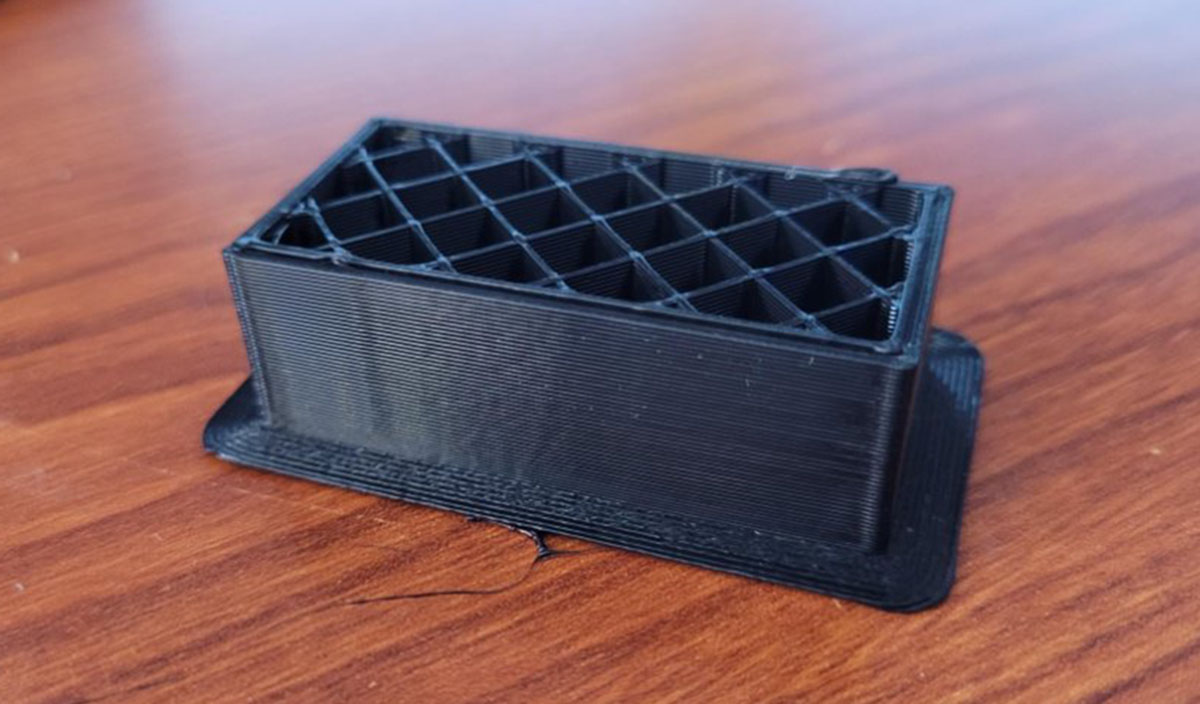
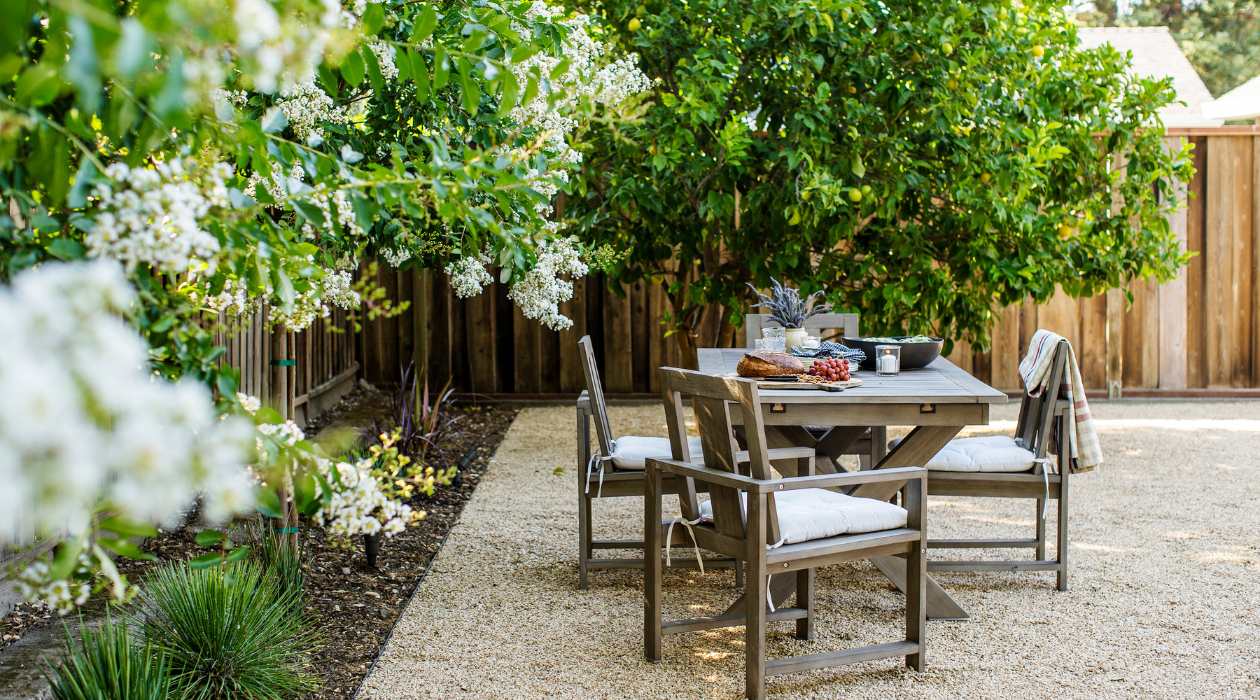
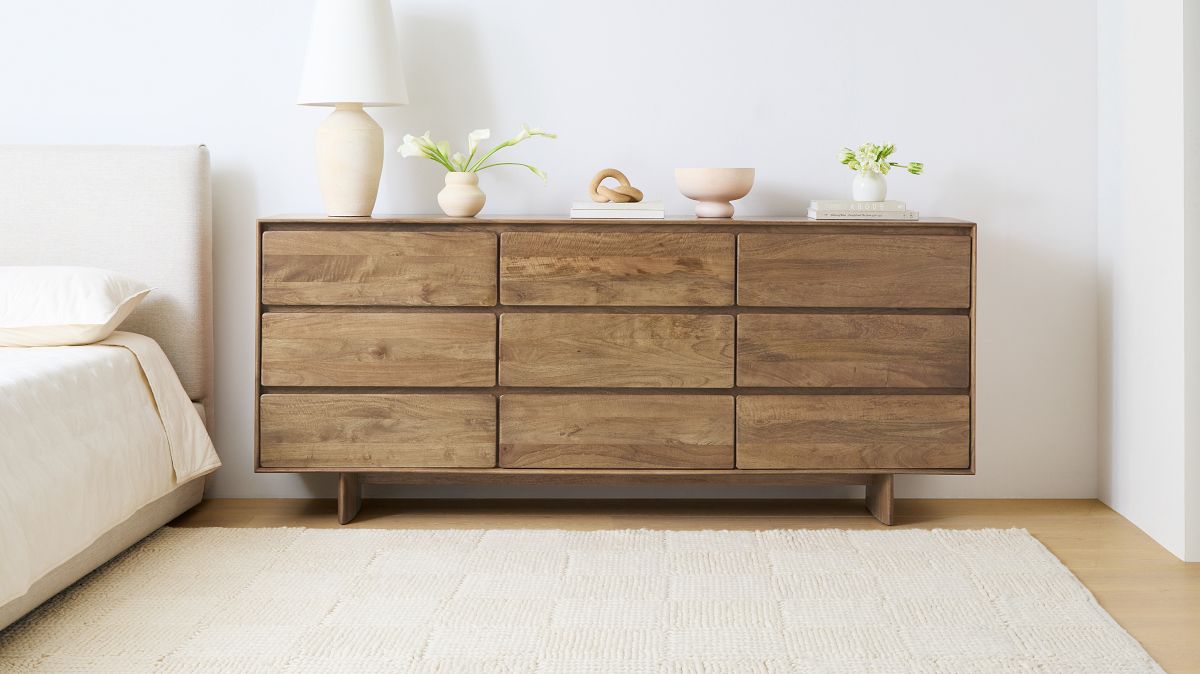



0 thoughts on “East Meets West In Chinoiserie Home Design”